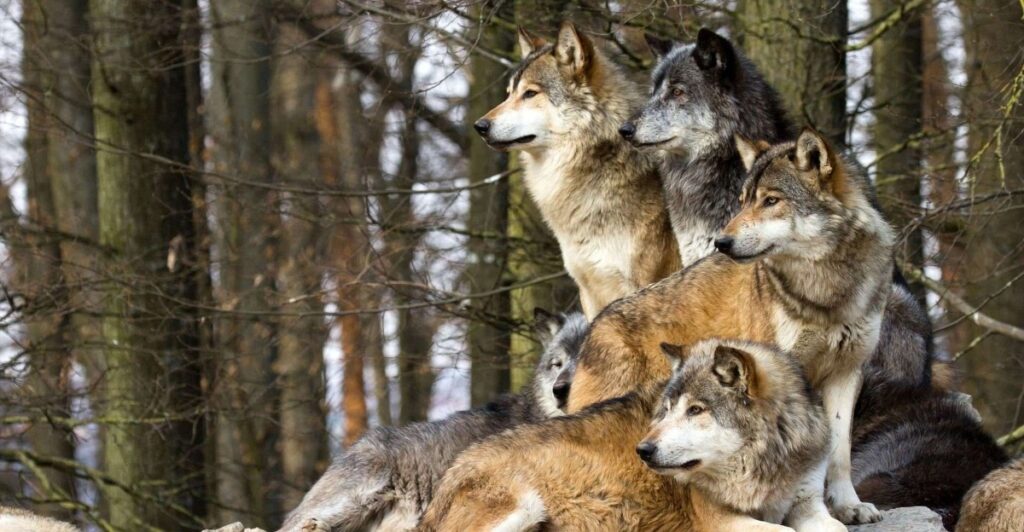
Wolves are amazing animals that are cemented in many of our myths, but that also means there are many misconceptions about them. Beyond their majestic appearance and haunting howls, wolves possess fascinating traits that highlight their intelligence and adaptability.
Communication Through Howls

Wolves use howls as a communication tool. A howl can warn pack members about danger, rally them for a hunt, or help locate each other over miles. Interestingly, howls are unique to each wolf, acting like a vocal fingerprint to identify individuals within the pack.
Pack Life and Hierarchies

Generally, wolves live in packs of 6-10, and their social structure revolves around a dominant alpha pair. These members guide hunting strategies and care for the pack’s young. Other members play their part in ensuring the group does well. Packs are cooperative and closely bonded, making teamwork important for survival.
Long-Distance Travelers
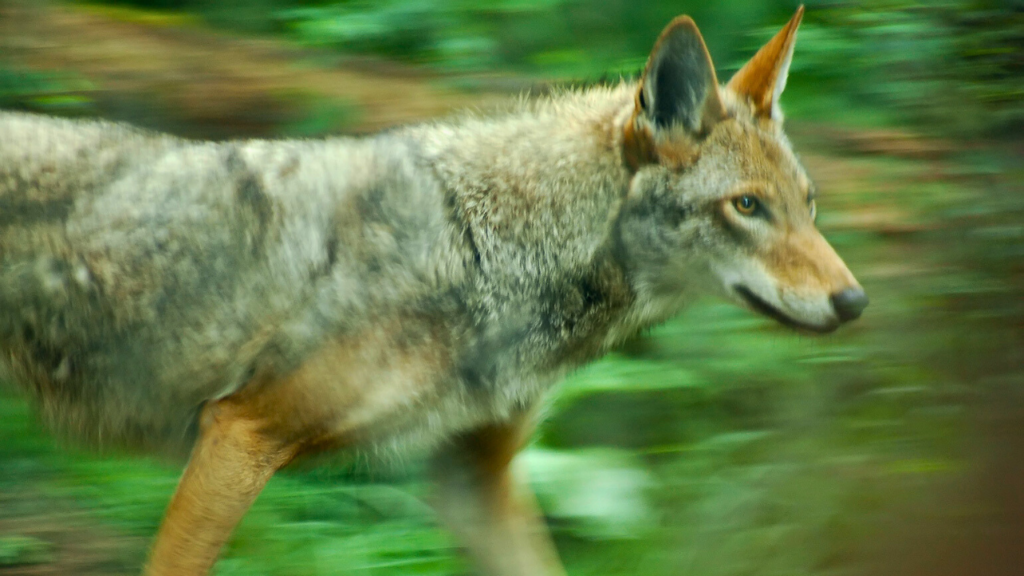
Wolves are built the masters of endurance. They can travel an average of 12 miles per day, but when roaming, they can move up to 50 miles. When sprinting, wolves can reach speeds of up to 38 mph, but they prefer to keep a steady pace most of the time to conserve their energy.
Formidable Bite Strength

A wolf’s bite is powerful and designed to help them hunt prey and chew through carcasses. With a force of approximately 400 pounds per square inch, wolves can crush bones and tear through tough hides. This remarkable strength helps them tackle prey much larger than themselves, such as moose and bison.
A Varied Diet
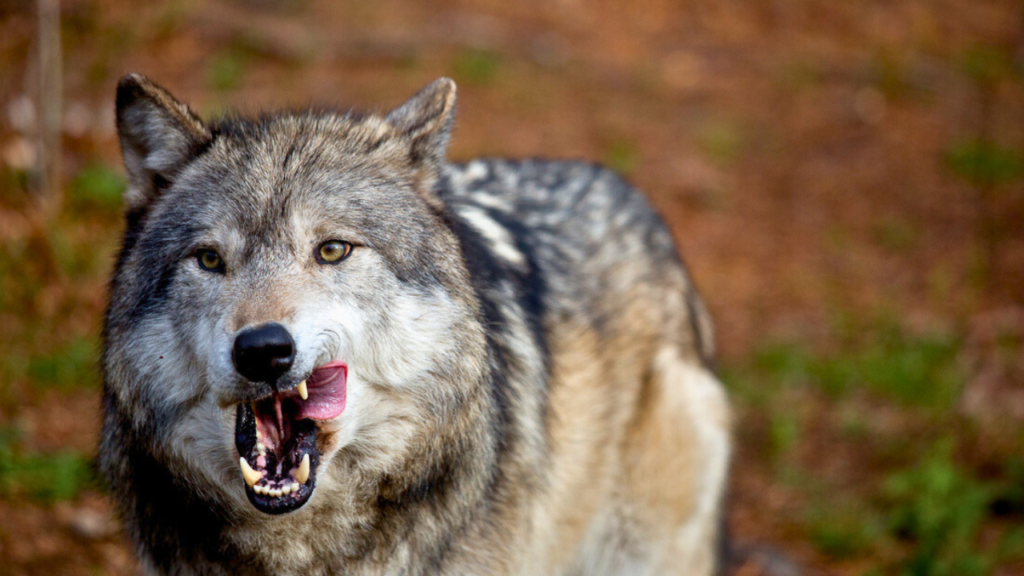
Wolves are adaptable eaters. While they favor large prey like elk and deer, they’ll consume smaller animals and fish and even scavenge when needed. When a wolf can, they will eat as much as possible, not knowing when their next meal may be. A single wolf can eat 20 pounds of meat in one sitting, storing energy for days.
Unique Physical Traits

Wolves have thick coats, which helps them endure extreme climates. Their coats vary in color depending on how many subspecies there are. Gray, black, and white are the most common shades. Their long legs, sharp teeth, and large paws make them excellent hunters and adaptable predators.
Wolves and Dogs: Distant Relatives
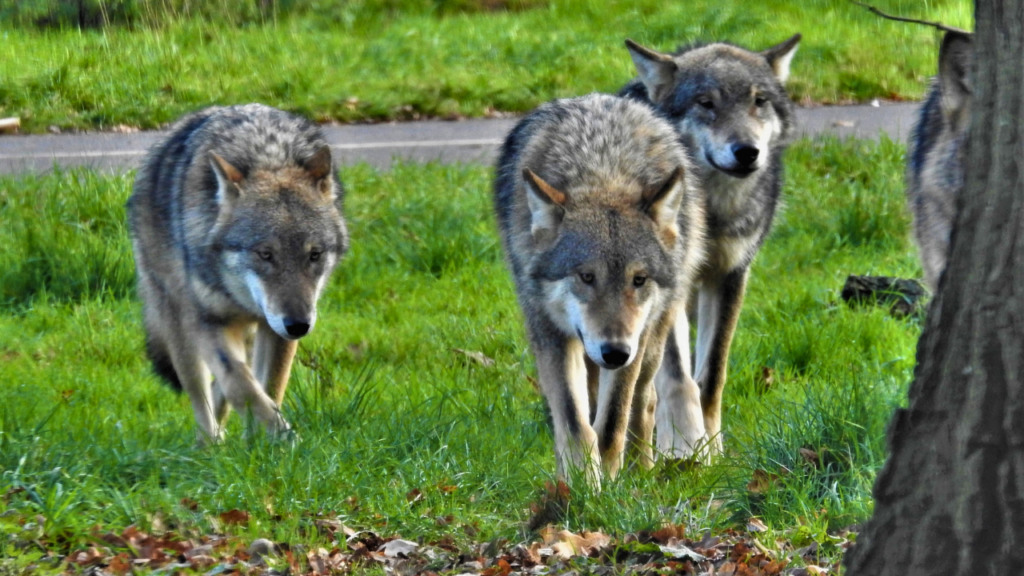
Despite their shared ancestry, wolves and dogs split thousands of years ago. Wolves have retained their wild instincts and perfectly adapted bodies, while domestication shaped dogs into more human-reliant animals. This separation highlights wolves’ adaptability to nature versus dogs’ evolution alongside humans.
Highly Social and Playful
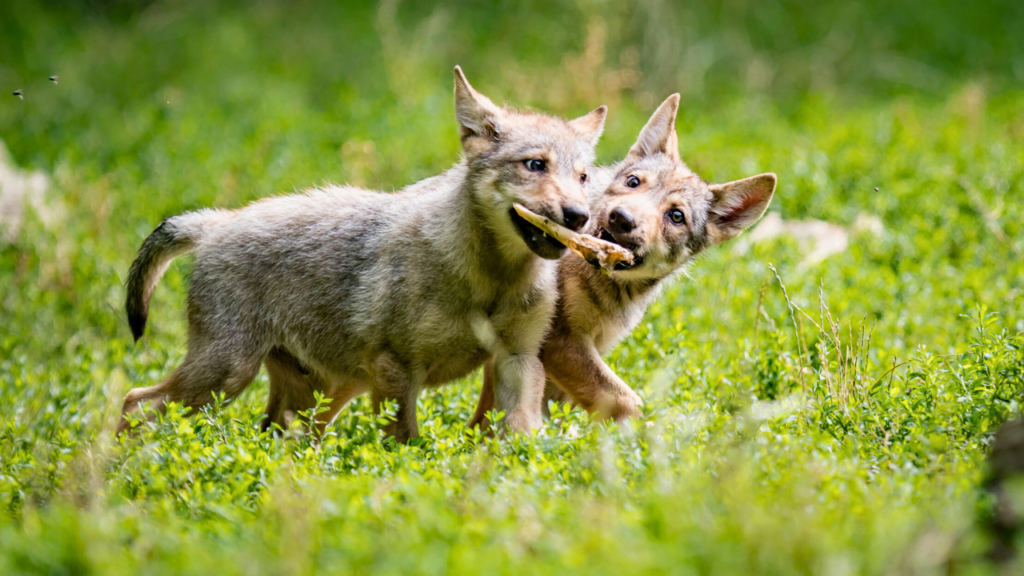
Wolves are deeply social animals that rely on their packs for survival and companionship. Beyond their survival-based teamwork, wolves play together to strengthen bonds and teach young wolves essential skills.
Individual Howls

Every wolf’s howl is distinct, much like human voices. This individuality allows pack members to recognize each other across many miles, even in densely forested areas. A single howl can carry up to 10 miles in open terrain.
Massive Territories
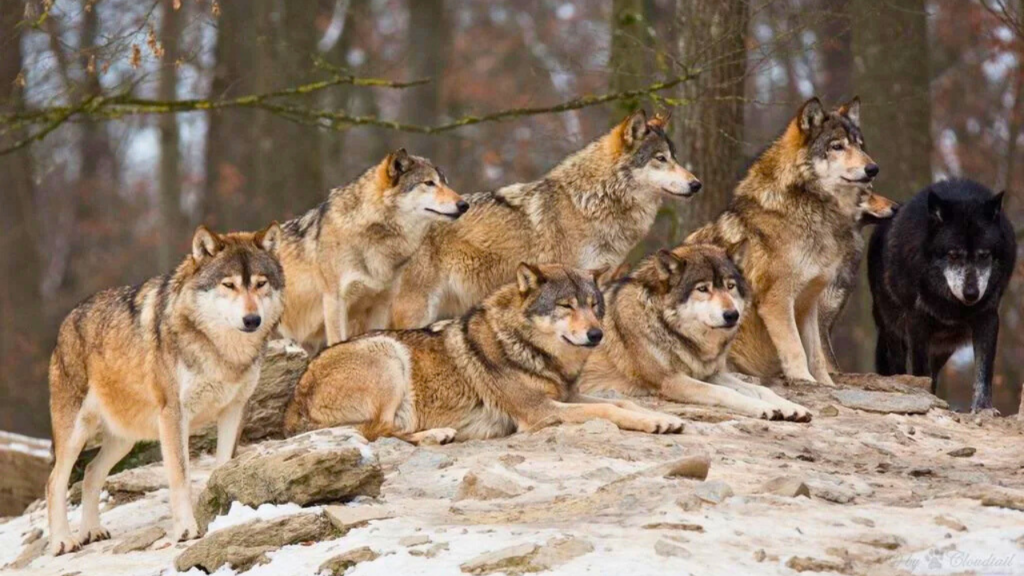
Wolves are territorial animals, with their pack ranges spanning 50 to over 1,000 square miles depending on prey availability. They mark these territories with scent markings and vocalizations so other packs no it.
Masters of Adaptation

Wolves thrive in environments ranging from freezing tundras to arid deserts. Their ability to adapt to harsh conditions ensures they remain apex predators in their ecosystems. This resilience has been key to their survival despite habitat loss and human conflict.
A Vital Role
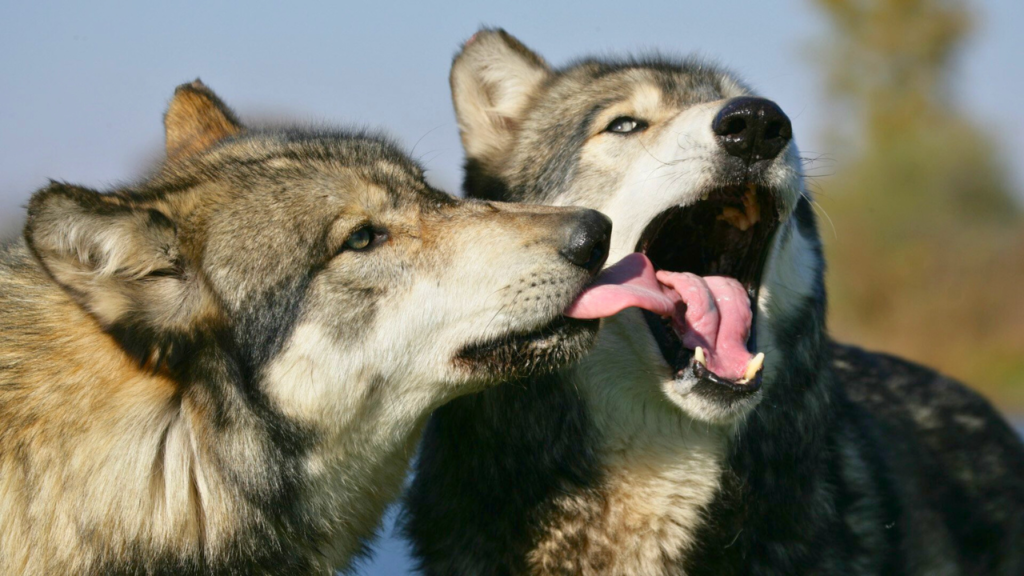
Wolves are more than just symbols of wilderness; they are intelligent, social, and essential to their ecosystems. We can better understand and appreciate their vital role in the natural world by learning about their lesser-known traits. Protecting wolves means preserving the balance of our shared environment.
Source:
Stay connected with us for more stories like this! Follow us to get the latest updates or hit the Follow button at the top of this article, and let us know what you think by leaving your feedback below. We’d love to hear from you!







